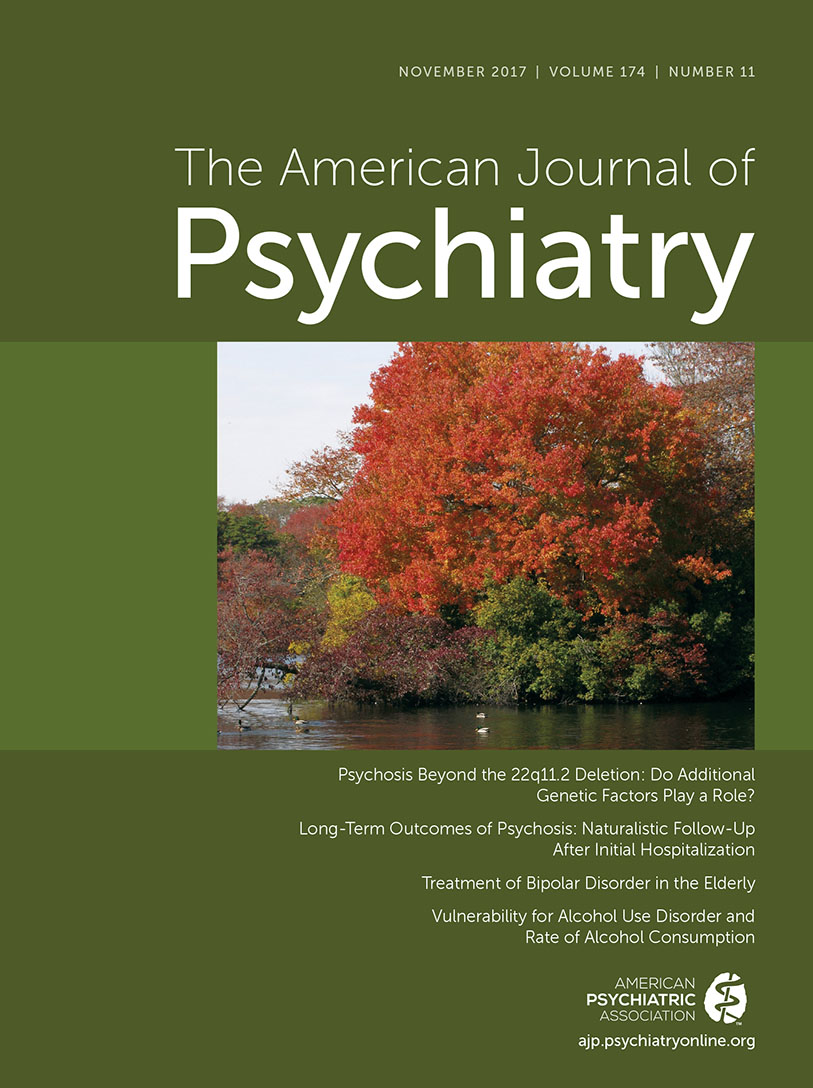Declining Clinical Course of Psychotic Disorders Over the Two Decades Following First Hospitalization: Evidence From the Suffolk County Mental Health Project
Abstract
Objective:
Kraepelin considered declining course a hallmark of schizophrenia, but others have suggested that outcomes usually stabilize or improve after treatment initiation. The authors investigated this question in an epidemiologically defined cohort with psychotic disorders followed for 20 years after first hospitalization.
Method:
The Suffolk County Mental Health Project recruited first-admission patients with psychosis from all inpatient units of Suffolk County, New York (response rate, 72%). Participants were assessed in person six times over two decades; 373 completed the 20-year follow-up (68% of survivors); 175 had schizophrenia/schizoaffective disorder. Global Assessment of Functioning (GAF), psychotic symptoms, and mood symptoms were rated at each assessment. Month 6, when nearly all participants were discharged from the index hospitalization, was used as a reference.
Results:
In the schizophrenia group, mean GAF scores declined from 49 at month 6 to 36 at year 20. Negative and positive symptoms also worsened (Cohen’s d values, 0.45–0.73). Among participants without schizophrenia, GAF scores were higher initially (a mean of approximately 64) but declined by 9 points over the follow-up period. Worsening began between years 5 and 8. Neither aging nor changes in antipsychotic treatment accounted for the declines. In all disorders, depression improved and manic symptoms remained low across the 20 years.
Conclusions:
The authors found substantial symptom burden across disorders that increased with time and ultimately may undo initial treatment gains. Previous studies have suggested that better health care delivery models may preempt this decline. In the United States, these care needs are often not met, and addressing them is an urgent priority.



